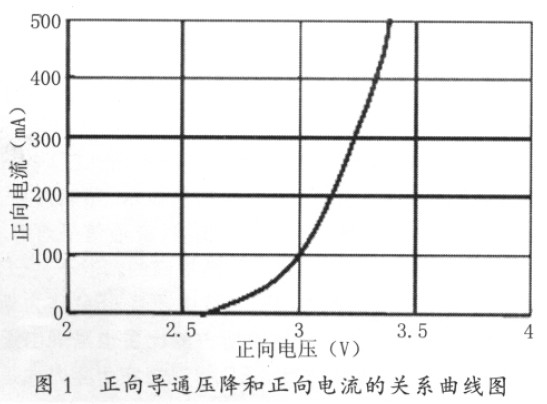introduction Since the emergence of light emitting diodes (LEDs), people have been striving to achieve solid light sources. With the continuous advancement of technology and the rapid development of semiconductor materials application technology, the performance of white LED solid-state light sources has been continuously improved and entered a practical stage. White LED is an emerging product that has attracted much attention in the lighting market. Compared with incandescent tungsten lamps and fluorescent lamps, the main advantages are small volume, low heat generation, low power consumption, long life, fast response, vibration and shock resistance, and no pollution. LED solid lighting is a new lighting revolution in the history of human lighting following incandescent and fluorescent lamps. In the decades since the first LEDs entered the market, LED applications have expanded to include: large-screen color displays, lighting fixtures, lasers, LCD backlights, detectors, traffic lights, and more. With the global energy shortage and increasing environmental protection requirements, LEDs are increasingly entering various lighting fields, and the proportion of LEDs as a new generation of lighting sources in the lighting market is also increasing year by year. Experts predict that LED products will replace conventional lighting products in a wide range within a decade. At that time, LEDs will become a household name, bringing considerable energy-saving effects. LEDs are no longer far away from the general lighting market. Although LEDs are more efficient than ordinary light sources in terms of energy saving, LED light sources do not use the grid voltage directly like ordinary light sources. They must be equipped with dedicated voltage and current conversion equipment to provide the rated voltage and current that can drive the LEDs. In order to make the LED work normally. Different LED lighting fixtures, different lighting uses and power sizes, LED driver power supply specifications are also different. Therefore, choosing the right and efficient LED power supply and choosing the correct driving method can truly show the high-performance characteristics of the LED light source. 1 High-power LED operating characteristics The principle of LED illumination is the process of converting electrical energy into light. The current is passed through the compound semiconductor. Through the combination of electrons and holes, the excess energy will be released in the form of light to achieve the effect of luminescence. Figure 1 shows the forward voltage drop (VF) and forward current (IF). It can be seen from the figure that when the forward voltage exceeds a certain threshold, IF rises rapidly as VF rises. Smaller voltage changes can cause large changes in current. The optical characteristics of high-power LEDs are usually described as a function of current IF. Figure 2 shows the relationship between luminous flux and forward current. The luminous flux of the LED is determined by the current flowing through the LED. The luminous flux of the LED increases as the current flowing through the LED increases, but it is not proportional, and the amount of light flux increases less as it goes later. Excessive current will cause the LED to attenuate. If the current is too weak, it will affect the LED's luminous intensity. Therefore, the LED should work at the highest luminous efficiency. The use of a constant voltage source drive does not guarantee the uniformity of LED brightness and affects the reliability and lifetime of the LED. This also determines that LED lighting is suitable for constant current driving rather than constant voltage driving to ensure the safety of high power LEDs while achieving the desired luminous intensity. In addition, the luminous flux and temperature of the LED are also inversely related. The high temperature causes the light output of the LED to decrease, the wavelength of the LED light drifts to a long wave, and the color of the light changes. And the increase in temperature will lower the forward voltage of the LED, thereby greatly shortening the life of the LED and accelerating the light decay. Figure 3 shows the allowable forward current vs. ambient temperature for 1W LEDs with different thermal resistance. It can be seen from the figure that when the temperature reaches 70-100 °C, the constant current of the LED needs to be linearly reduced until 120. °C reaches zero, the constant current drop point and the reduced slope depend on the thermal design. Therefore, high-power LED lamps must have good heat dissipation. For the driving power supply, the output must be turned off when the temperature is too high for protection. 
